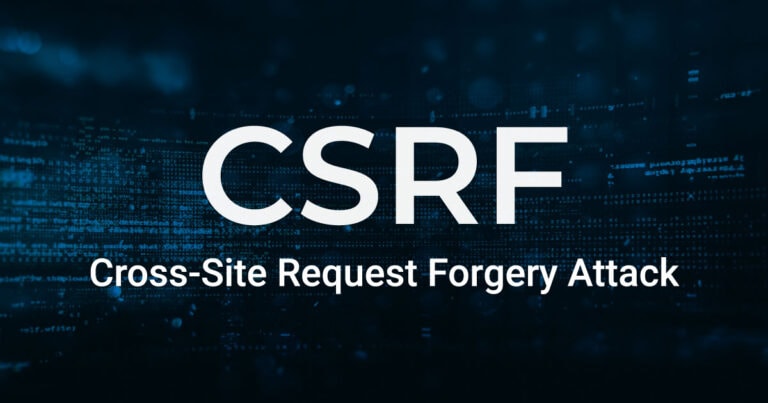justineanweiler.com – The Anti-lock Braking System (ABS) is an essential safety feature in modern vehicles that helps prevent wheel lock-up during hard braking, especially in slippery conditions. This technology enhances the driver’s control over the vehicle, significantly reducing the risk of accidents. Let’s delve into how ABS works and its underlying technology.
1. What is ABS?
ABS is designed to prevent the wheels of a vehicle from locking up when braking, particularly in emergency situations. Lock-up can cause the driver to lose control, leading to skidding and potential accidents. The primary goal of ABS is to maintain traction between the tires and the road surface.
2. Key Components of ABS
The ABS technology consists of several crucial components:
- Wheel Speed Sensors: These sensors monitor the rotational speed of each wheel. If a wheel starts to slow down significantly compared to the others, it indicates potential lock-up.
- Electronic Control Unit (ECU): The ECU processes data from the wheel speed sensors. It determines when to activate the ABS based on the information it receives.
- Hydraulic Valves: These valves control the brake fluid pressure to each wheel. When ABS is activated, the valves adjust the pressure applied to prevent wheel lock-up.
- Pump: The pump restores brake pressure to the system once the wheels regain traction after being released.
3. How ABS Works
Here’s a step-by-step breakdown of how ABS technology functions during braking:
Step 1: Detection of Wheel Speed
When the driver presses the brake pedal, the wheel speed sensors continuously monitor the speed of each wheel. If the ECU detects that a wheel is decelerating more rapidly than the others, it identifies that the wheel is at risk of locking up.
Step 2: Activation of ABS
Upon detecting imminent wheel lock-up, the ECU sends signals to the hydraulic valves. The system reduces brake pressure to the affected wheel to prevent it from locking.
Step 3: Modulation of Brake Pressure
The hydraulic valves rapidly pulse, allowing brake pressure to be reduced and then re-applied multiple times per second. This rapid cycling (sometimes referred to as “pumping”) prevents the wheel from locking while still providing adequate stopping power.
Step 4: Restoring Traction
As soon as the wheel regains traction, the ABS system allows the full brake pressure to be reapplied. This process happens continuously while the driver applies the brakes, providing maximum control and preventing skidding.
4. Benefits of ABS Technology
- Increased Control: ABS allows drivers to maintain steering control during hard braking, which is critical in avoiding obstacles.
- Reduced Stopping Distance: On wet or slippery roads, ABS can shorten stopping distances by preventing skids.
- Enhanced Safety: With the ability to brake and steer simultaneously, ABS significantly reduces the risk of accidents, particularly in emergency situations.
5. Common Myths and Misunderstandings
- Not a Guaranteed Solution: While ABS improves control, it does not eliminate the need for safe driving practices. Drivers must still maintain appropriate speeds and distances.
- Pulsing Pedal is Normal: Many drivers may feel a pulsation in the brake pedal when ABS activates. This is normal and indicates that the system is functioning correctly.
6. Maintenance of ABS
Regular vehicle maintenance is essential to ensure the ABS functions properly. Common maintenance tasks include checking the brake fluid, inspecting the wheel speed sensors, and ensuring the ABS warning light on the dashboard operates correctly.
Conclusion
The technology behind the Anti-lock Braking System is a remarkable advancement in automotive safety, providing drivers with better control during braking and helping to prevent accidents. Understanding how ABS works can empower drivers to use it effectively and maintain their vehicles for optimal safety.
For more detailed information, you can visit resources like the National Highway Traffic Safety Administration (NHTSA) and other automotive safety websites that provide comprehensive insights into vehicle safety technologies.





